1. Flint, Michigan
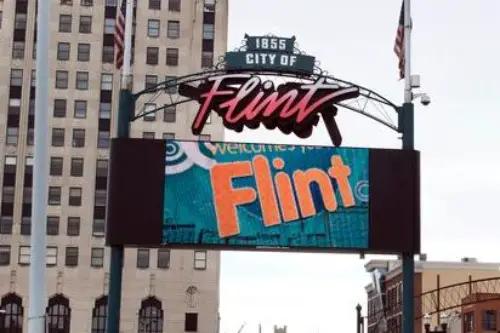
Flint is still recovering from its water crisis, but many residents act like life is back to normal. Lead contamination affected thousands, and the economic decline that predated the crisis hasn’t improved. Empty storefronts and abandoned homes are scattered throughout the city. Despite this, community events and neighborhood cleanups continue, giving a sense of resilience.
Unemployment remains high, and public services struggle to keep up with residents’ needs. Schools are underfunded, and healthcare options are limited. Local shops and community centers try to maintain normalcy, even as challenges mount. Flint feels like a city that refuses to let its struggles define it.
2. Gary, Indiana
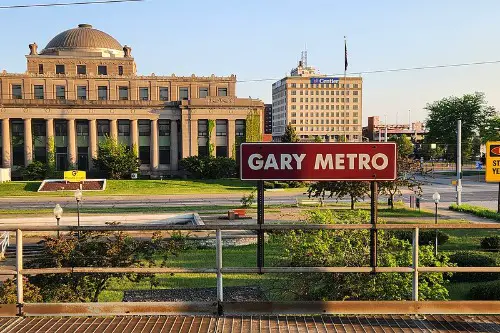
Gary used to thrive on steel, but decades of factory closures left it hollow. Abandoned industrial sites dot the landscape, yet local diners and churches stay active. Crime is higher than average, and many streets look deserted. Still, residents hold onto a sense of pride and community spirit.
The population has dropped dramatically, yet schools and sports programs continue. Local organizations organize events and parades, masking the hardships. Infrastructure is deteriorating, with potholes and broken streetlights common. Gary embodies the struggle between outward appearances and underlying decay.
3. Camden, New Jersey
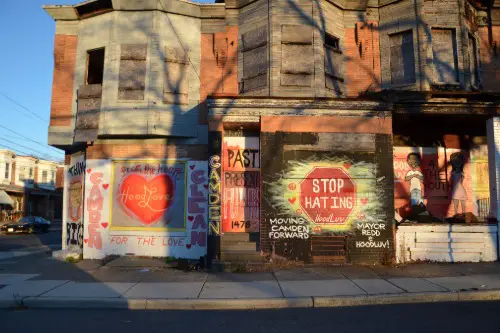
Camden’s waterfront has shiny developments, but inland neighborhoods tell a different story. Poverty and crime are persistent problems, and many homes sit abandoned. Residents often speak of hope and pride despite the visible decay. Community centers and local festivals keep life feeling normal.
Public schools face major challenges, yet students still participate in sports and arts. City services are stretched thin, with police and sanitation under pressure. Volunteers organize cleanups to maintain the streets. Camden is a city trying to preserve dignity amidst difficult conditions.
4. Macomb, Illinois
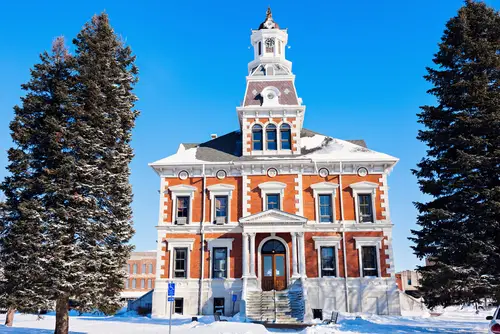
Macomb’s economy relies heavily on Western Illinois University, but enrollment has dropped sharply. Dorms are empty, faculty jobs have been cut, and local shops are closing. The population decline mirrors the struggle of many small college towns. Locals maintain traditions and community gatherings to keep spirits up.
State funding cuts and demographic shifts compound the problem. Efforts to diversify the economy are ongoing but slow. Residents try to attract former students back for jobs and housing. Macomb feels like it’s pretending everything is fine while grappling with real economic issues.
5. Benicia, California
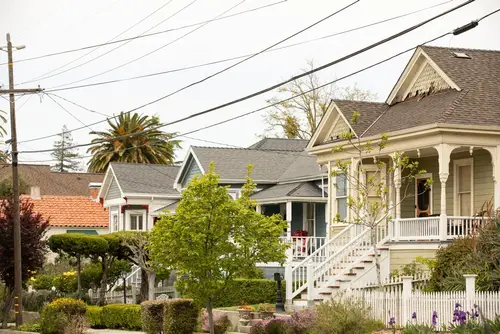
Benicia relies on the Valero oil refinery for tax revenue and jobs, but its planned closure is causing anxiety. Residents continue their daily routines, going to work and school, while city officials plan for budget shortfalls. Local shops still thrive on suburban traffic. The city’s outward calm masks uncertainty about the economic future.
Community events and farmers’ markets continue, giving an impression of normalcy. Planning for redevelopment of the refinery site has begun, but it could take years. Residents debate sustainability and economic alternatives. Benicia’s calm streets hide the financial storm approaching.
6. Huron County, Michigan
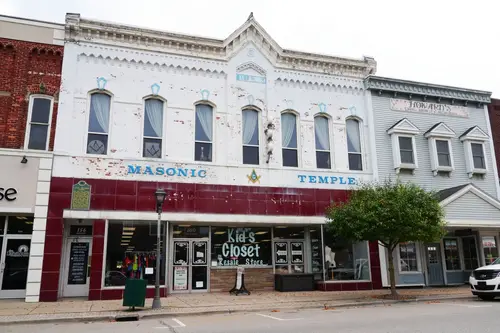
Huron County has lost residents steadily, with more people leaving than moving in. Agriculture and seasonal tourism dominate, leaving few stable year-round jobs. Towns continue to host fairs and local events as if the population were growing. Schools and community centers operate as normal despite funding challenges.
The county encourages online learning programs to keep young people local. Efforts are made to lure back former residents, known as “boomerangs.” Volunteer programs and local businesses help maintain community engagement. The outward appearance is thriving towns, but the numbers tell a quieter story.
7. Youngstown, Ohio
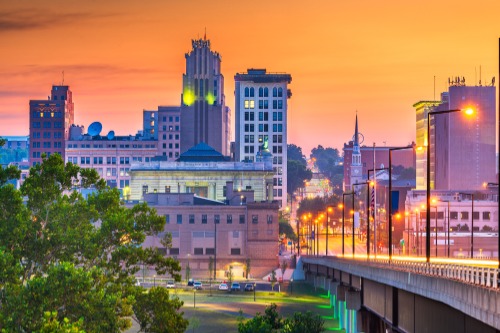
Once a steel powerhouse, Youngstown has experienced decades of job losses. Downtown streets are quiet, but coffee shops and bars try to maintain a lively atmosphere. Homes sit empty in many neighborhoods. Yet residents participate in festivals and sporting events, giving a veneer of normalcy.
Public schools have shrinking enrollment, and unemployment remains above average. Community programs focus on arts and youth engagement. Local leaders work to attract tech businesses, but progress is slow. Youngstown’s pride makes it feel like nothing is wrong, even when challenges persist.
8. Rockford, Illinois
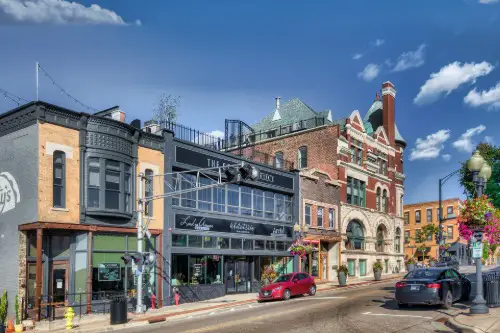
Rockford struggles with crime and economic stagnation, yet festivals and parades continue. Factories have closed, but the town maintains shopping districts and local eateries. Residents dress up their neighborhoods and promote community events. The city’s lively appearance hides a slow decline in population and jobs.
Public infrastructure needs repairs, but the city keeps hosting concerts and markets. Schools are underfunded, yet sports teams thrive. Housing vacancies are increasing quietly. Rockford demonstrates how appearances can mask persistent struggles.
9. Erie, Pennsylvania
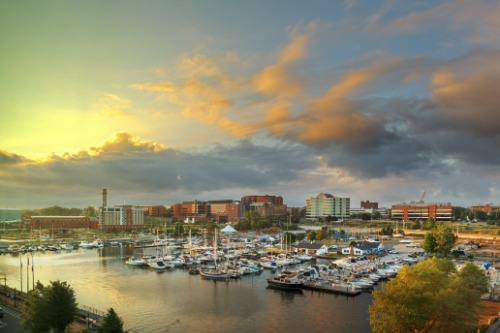
Erie has lost industrial jobs over the years, but tourists still flock to its lakefront. People enjoy festivals, beaches, and boardwalks as if the economy were booming. Behind the scenes, many residents deal with poverty and unemployment. Downtown streets look busy during events, yet the city faces long-term decline.
Public services are stretched thin, and schools face funding shortfalls. Local businesses try to maintain activity and tourism draws. Housing stock deteriorates in certain neighborhoods. Erie maintains a cheerful façade while quietly struggling.
10. Scranton, Pennsylvania
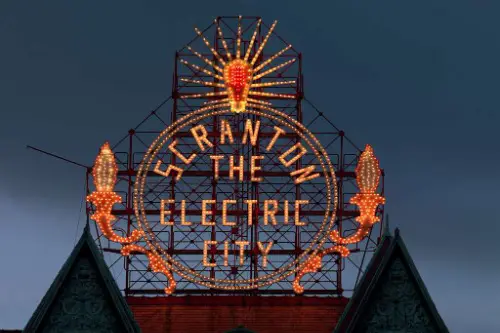
Scranton’s coal and manufacturing past has left it with declining jobs and population. Residents maintain a sense of pride, decorating homes and hosting street fairs. Downtown looks active during festivals. Despite visible signs of struggle, locals present a lively community.
Public schools deal with funding gaps, but sports and arts programs continue. Social services are limited, yet volunteer organizations are active. Businesses continue to advertise and operate as usual. Scranton gives the appearance of normalcy even when the economy is weak.
11. Canton, Ohio
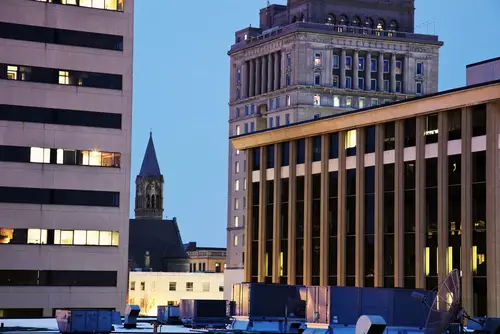
Canton lost many industrial jobs, but locals continue to hold parades and sporting events. Neighborhoods look lively, and people maintain lawns and homes. However, the city struggles with crime and a shrinking tax base. Community pride masks the broader economic reality.
Schools are underfunded, yet students participate in extracurricular programs. Public services sometimes lag behind demand. Efforts to attract businesses continue, but job growth is slow. Canton’s streets are full of life, hiding ongoing struggles.
12. Garysburg, North Carolina
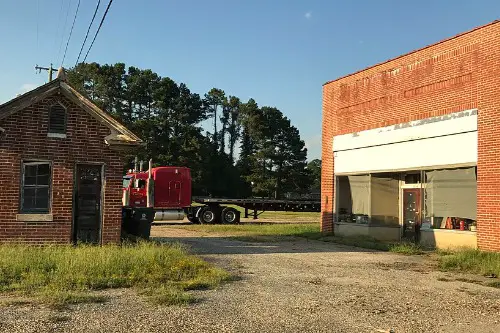
Garysburg has limited job opportunities but hosts community gatherings as if the economy were strong. Residents participate in local sports and church events. Vacant properties exist alongside well-maintained homes. The town gives a sense of cohesion despite economic hardship.
Local schools face budget constraints, but students still take part in clubs and sports. Community centers try to offer youth activities. Public infrastructure needs repairs, yet streets are kept clean for appearances. Garysburg demonstrates pride masking struggle.
13. East St. Louis, Illinois
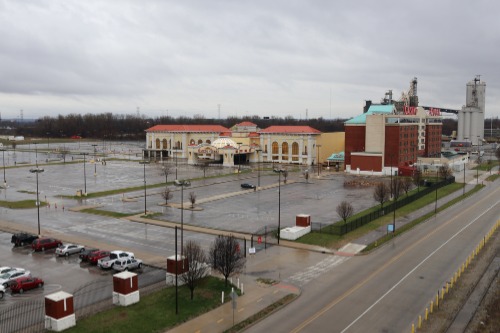
East St. Louis has long faced poverty and crime, but neighborhoods try to maintain normal life. Local shops remain open, and community events continue despite challenges. Abandoned buildings are scattered across the city. Residents work hard to present a positive image.
City services are limited, but volunteer programs fill gaps. Schools operate under funding pressure. Residents organize festivals and local fairs to boost morale. The city’s facade masks the serious economic issues underneath.
14. Muncie, Indiana
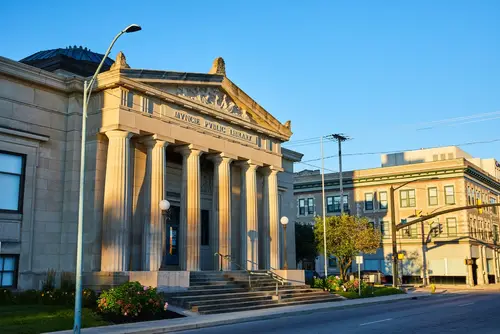
Muncie’s economy has suffered after manufacturing layoffs, yet Main Street looks active. Locals continue festivals, farmers’ markets, and sports events. Some neighborhoods have abandoned houses, but the town presents a busy, lively appearance. Community spirit is strong despite economic challenges.
The university helps maintain some vibrancy, but job options remain limited. Public services are inconsistent in some areas. Residents engage in volunteer projects and cultural events. Muncie is a town where pride often overshadows the struggles.
15. Youngsville, Louisiana
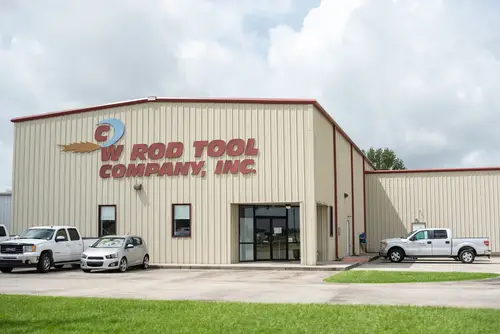
Youngsville has grown as a suburb, but parts of the town face infrastructure stress and uneven development. Roads and utilities struggle to keep up with new housing developments. Residents participate in festivals and local events, presenting a cheerful façade. The town appears prosperous on the surface.
Local schools handle growing enrollment, yet resources are stretched. Community centers and parks operate actively. Residents maintain a strong civic identity despite practical challenges. Youngsville is a town balancing growth with hidden difficulties.
This post 15 Towns That Pretend Nothing’s Wrong While Everything’s Falling Apart was first published on American Charm.


